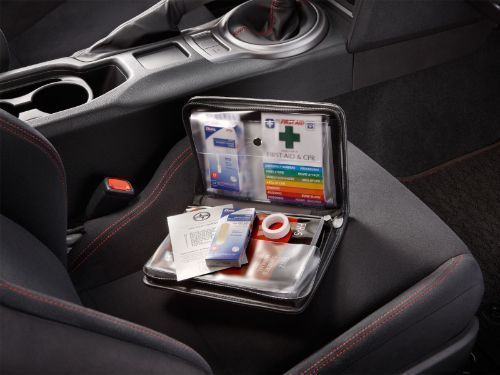
If you are an engineer willing to work in the Canadian province, Saskatchewan, then reading this blog will be your best time investment. Here, we will familiarize you with the APEGS Competency-based assessment in some detail.
The better you know this system, the more effective the CBA report you can prepare to attain the license as an engineer. The CBA system came into operation on the 1st of January, 2019 for engineers-in-training.
What is APEGS Self-assessment or Competency-based assessment, also called CBA?
Before attaining a license, an engineering candidate has to show their capability of practicing engineering. It is the responsibility of the applicant to show proof that they have, using experience, a satisfactory capability to work as an engineer at a professional level.
Some of Canada’s engineering capability assessors or engineering regulators have used or are moving towards using competency-based assessment of engineering experience. For that, a multi-year, Pan-Canadian competency-based evaluation project was taken with participation from engineering regulators in many provinces. Engineers & Geoscientists of British Columbia (BC) developed the online competency assessment system, which was adapted for utilization by other Canadian regulators.
In the Annual Meeting conducted in May 2018, the APEGS membership unanimously accepted this new system to assess experience, which came into effect on 1, January 2019.
The system applies to professional engineering applicants to APEGS, which is engineers-in-training and engineer-in-training international graduate candidates provided with the experience review option to waive confirmatory exams.
What are Competency-based assessment or CBA benefits?
Competencies are the knowledge, measurable skills, capability, and traits that are necessary for professional registration shown using the action and behaviors of the candidate.
CBA facilitates a more quantitative evaluation of candidates using a more exact measurement system than the current APEGS experience review guidelines.
It is a more clearly described and defined measuring tool to evaluate licensure readiness.
Competency-based assessment makes the evaluation more transparent, objective, and consistent and boosts the confidence of everybody taking part in the process, including validators, applicants, evaluators, and employers on the Experience Review Committee.
APEGS Competency-based assessment description:
The APEGS competency-based assessment framework uses 7 competency categories. These categories are a total of 34 skills or competencies:
1. Communication (3 competencies)
2. Team effectiveness (2 competencies)
3. Project and financial management (5 competencies)
4. Technical competency (10 competencies)
5. Personal continuing professional development (CPD) (3 competencies)
6. Economic, social, environmental, and sustainability (5 competencies)
7. Professional accountability (6 competencies)
These 7 categories represent the areas in which professional engineers of every discipline must be capable of ensuring effective practice and public safety. Every competency category mentioned here has a list of key competencies required in that area.
Attainment of each category is assessed via a competency rating scale outlining 6 different competency levels (0-5). A candidate who wants to be successful has to fulfill each of the competency requirements in each category at a minimum level of 1 on the competency rating scale while attaining the necessary minimum category average ‘entry to practice’ rating level (2-3), which is dependent on the category.


































